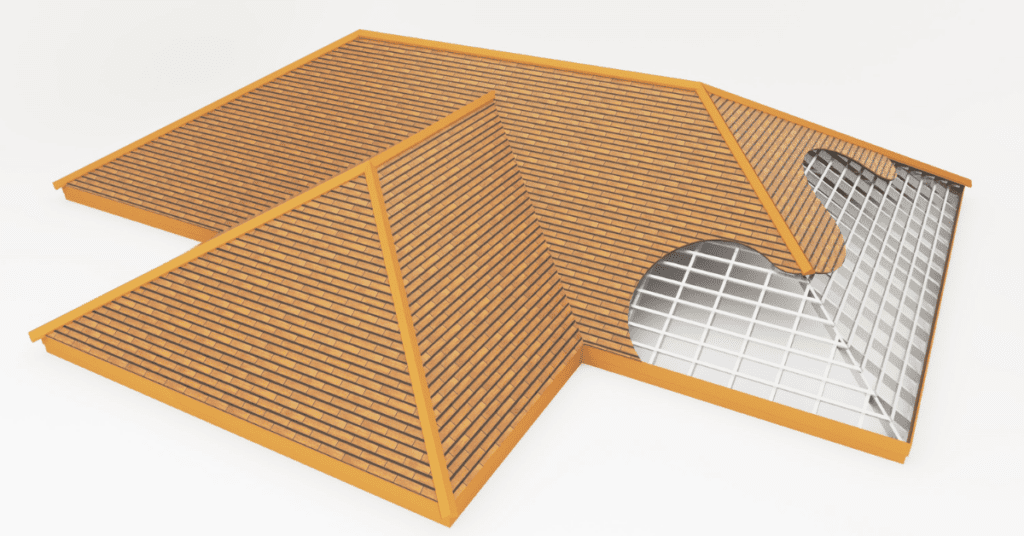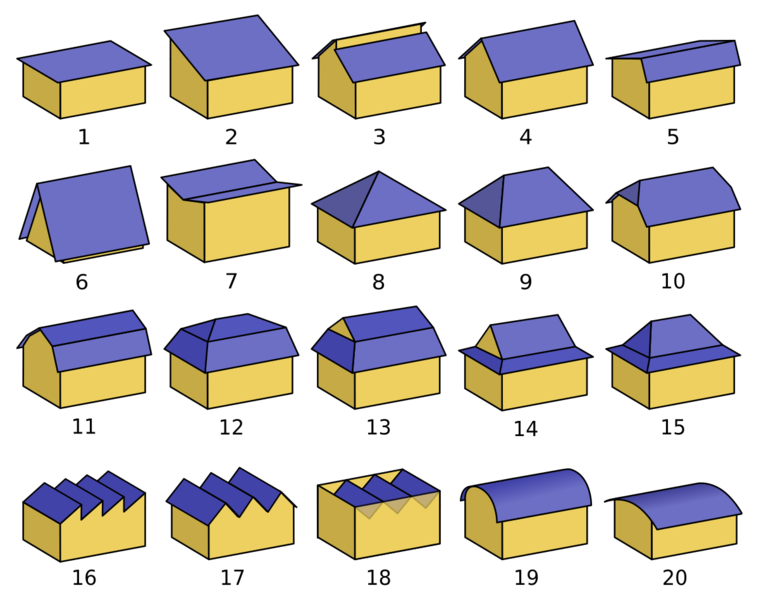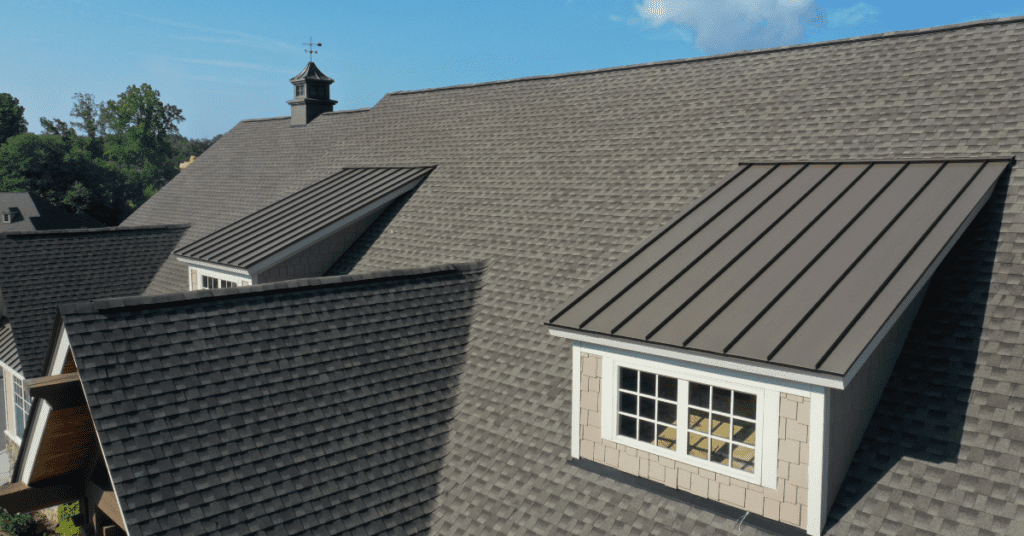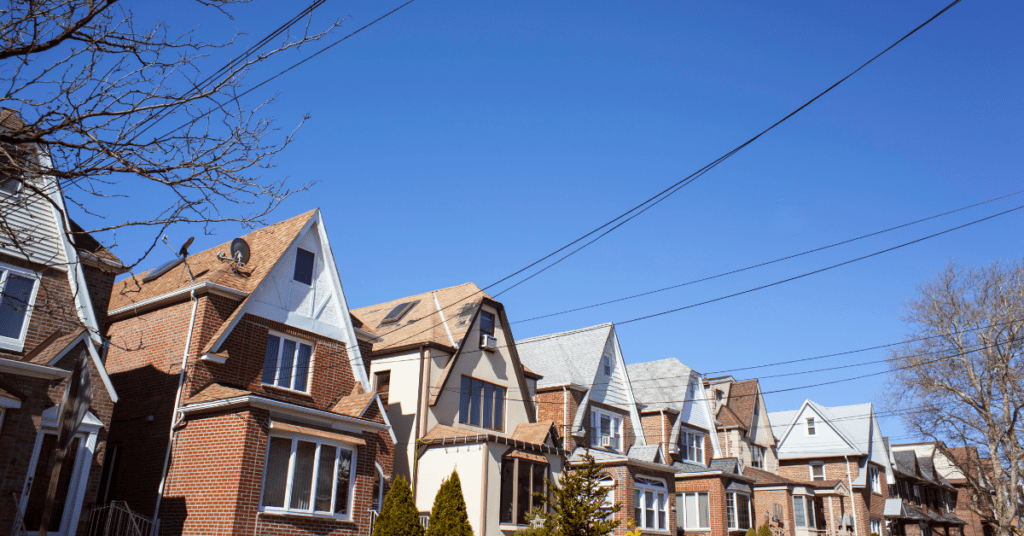Roof Pitch: What It Is and Why It Matters for Homeowners


Roof pitch, also known as roof slope, is a crucial factor to consider when it comes to roofing. It refers to the steepness or angle of your roof and plays a significant role in determining its functionality and aesthetics. In this article, we will delve into the details of roof pitch and explain why it matters for homeowners.
What is roof pitch?
Roof pitch is the measure of the steepness or angle of your roof, and it is often expressed in the form of a ratio. It is calculated by determining the number of inches or feet the roof rises vertically for every 12 inches or feet it extends horizontally. While the term “roof slope” is sometimes used interchangeably, “roof pitch” is more commonly used in the roofing industry.
Understanding different types of roof pitch


There are several types of roof pitch that homeowners should be aware of. The most common ones include:
1. Gable Roof: This is one of the most popular roof pitch types. It features two sloping sides that meet at a ridge, forming a triangular shape. Gable roofs are known for their simplicity and excellent water drainage capabilities. However, it’s important to note that they can be susceptible to wind damage, which is often misunderstood.. See image #4
2. Hip Roof: A hip roof has slopes on all four sides, creating a gentle slope from the ridge to the eaves. This type of roof pitch is aesthetically pleasing and offers good stability against strong winds. See image #9
3. Mansard Roof: Also known as a French roof, the Mansard roof has a steeper pitch on its lower section and a flatter pitch on the upper section. It provides additional living space in the attic and adds architectural appeal to a home. See image #12
4. Flat Roof: Contrary to its name, a flat roof does have a slight pitch to allow water drainage. It is commonly used in commercial and modern residential buildings. See image #1
5. Gambrel Roof: This roof pitch resembles a barn roof and features two distinct slopes on each side. It provides ample space for storage or living areas in the attic. See image #11


The benefits of the right roof pitch
Having the correct roof pitch for your home offers numerous advantages. Here are some key benefits:
1. Less danger of pooling water: High-slope roofs effectively channel water down into gutters, reducing the risk of water damage and leaks. In contrast, flat or low-slope roofs tend to retain moisture, degrading materials and causing leaks.
2. Better energy management: Steep roof pitches facilitate proper air flow, preventing ice buildup in cold areas and reducing cooling bills in warmer regions. In fact, the roof’s pitch isn’t the only factor influencing a home’s energy management, the color of your roof can also impact your home’s energy efficiency.
3. More options for style and decoration: Steep roofs offer more design possibilities, making a house look bigger and more ornate. They allow for experimentation with gables, decorative caps, and inventive designs. Additionally, steep roofs are easier to inspect for any signs of damage.
4. Storage space: Steep roof pitches create larger attic spaces that are ideal for seasonal or long-term storage. To fully understand how roof design impacts attic space, check out these roofing terms you need to know.
5. Fewer snow worries: Steep roofs encourage snow to slide off before it accumulates, preventing the formation of ice dams and reducing the risk of moisture entering the roof.
6. Less debris: The steep slope of a roof makes it easier for debris such as leaves, branches, and dirt to slide off. This helps keep the roof clean, reduces maintenance, and mitigates some common threats to your roof’s structural integrity.
7. More durability: Roofs with steep pitches have a longer lifespan and require fewer repairs compared to flat or low-slope roofs. They withstand pooling water, debris buildup, and ice problems much better.


Risks of the wrong roof pitch
Having the wrong roof pitch can lead to various issues for homeowners. Here are some potential risks:
- Water Collection and Flow: Roofs with low slopes, including fully flat ones, are prone to pooling water, which can cause damage and leaks. High pitches, on the other hand, can put excessive pressure on gutters during heavy rainfall.
- Leaf and Debris Collection: Low-slope roofs tend to catch and retain debris such as leaves and needles, fostering moisture damage and mildew. This retained debris can also create an environment for moss or algae, which can seriously damage your roof.
- Wind Shear: Areas with high wind velocity can subject roofs to wind shear forces. High-pitched roofs are more susceptible to these forces, potentially damaging the shingles during storms.
- Renovation and Repair Difficulty: High-pitched roofs require more materials and complex support structures, leading to higher installation and repair costs. Therefore, it’s important to know what steps to take when roof damage is detected to minimize these costs.
In conclusion, roof pitch plays a crucial role in the functionality and aesthetics of a home. Knowing the pitch of your roof is essential for various purposes, such as designing additions or installing skylights. The right roof pitch ensures proper water drainage, energy management, style options, storage space, and durability. Assessing the pitch of your roof is important for various purposes, while the wrong roof pitch can result in water-related issues, debris buildup, wind damage, and increased renovation costs. Make sure to consult with roofing professionals to determine the most appropriate roof pitch for your specific needs and enjoy the benefits it brings to your home.
Whether you’re grappling with an urgent repair, considering a full re-roof, or simply exploring your roof pitch options, our team of experienced professionals is here to help. We proudly serve a wide range of locations throughout the region. Whether you’re looking for skilled Burnaby Roofers, reliable New Westminster Roofers, or seasoned Coquitlam Roofers, we have you covered. We also offer comprehensive services in Port Coquitlam, Port Moody, and Delta. From Ladner to Vancouver, and from North Vancouver to West Vancouver, we are committed to delivering top-notch roofing services. We serve the communities of Richmond, Surrey, White Rock, Maple Ridge, Pitt Meadows, Langley, and even extend our services to Powell River. Our network of roofers is vast and we are all dedicated to ensuring your home remains secure, functional, and aesthetically pleasing. Contact us today to discuss your roofing needs and schedule a consultation.
